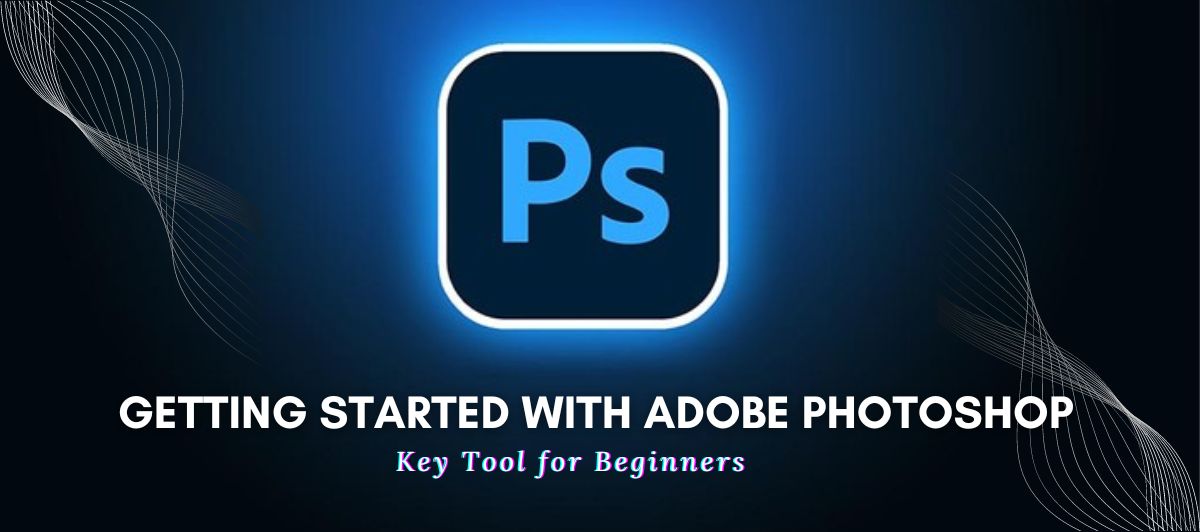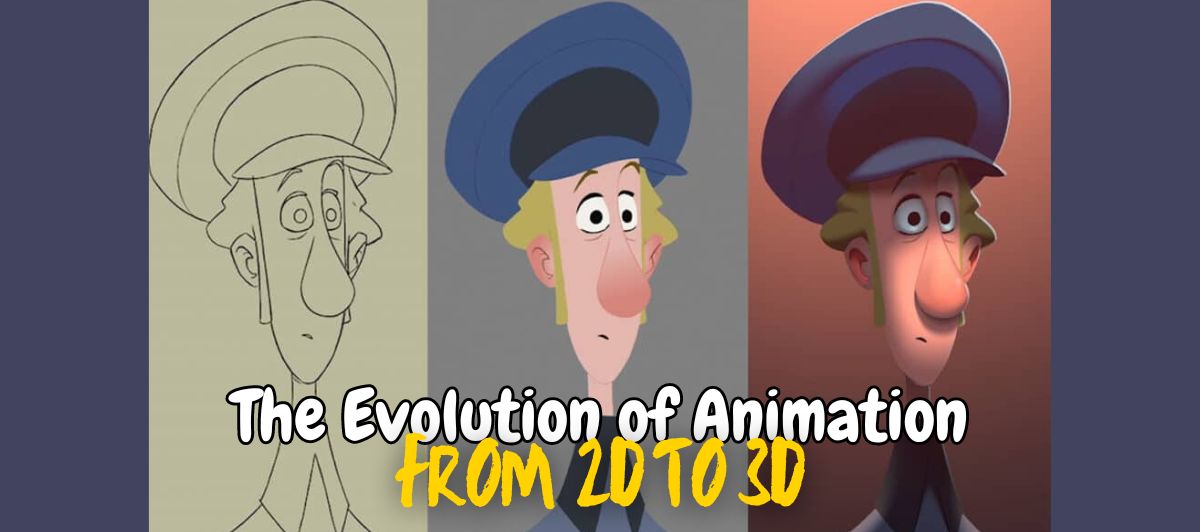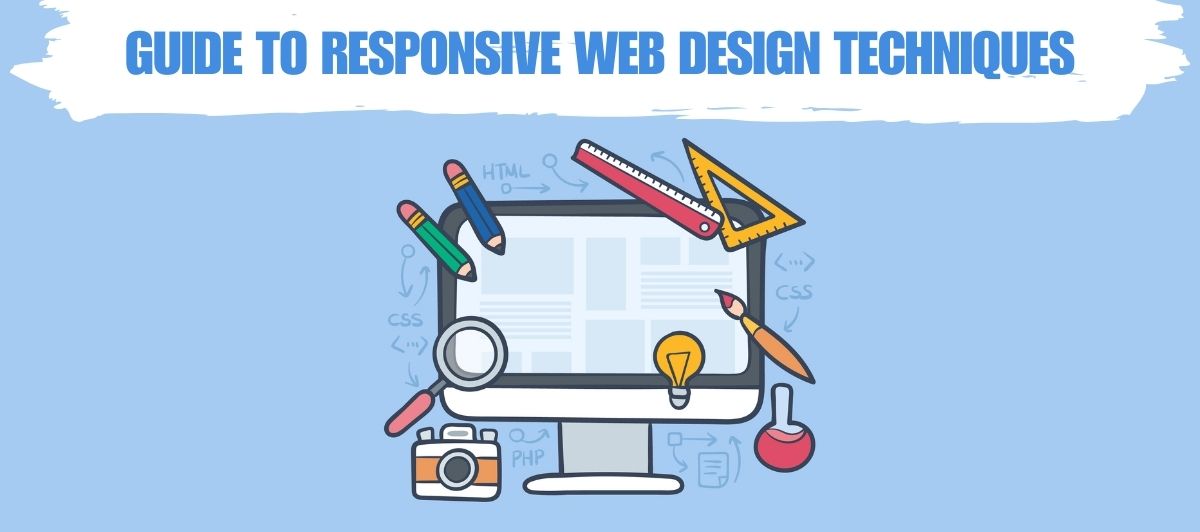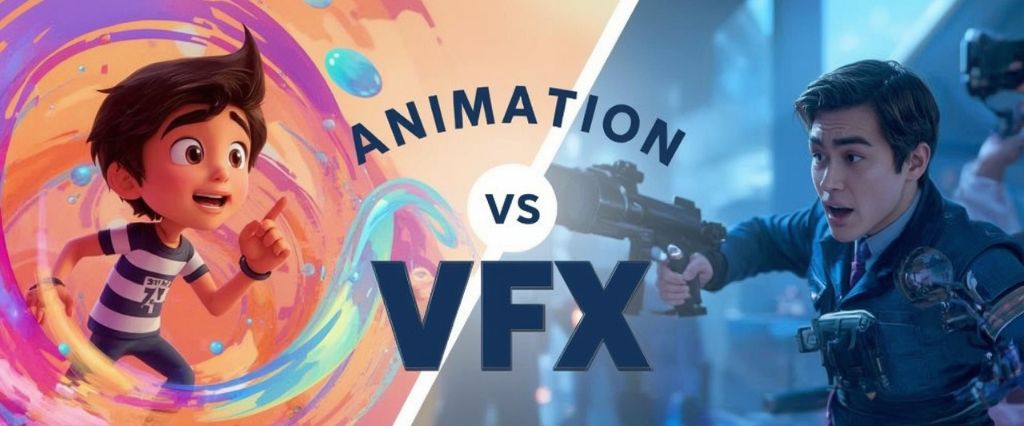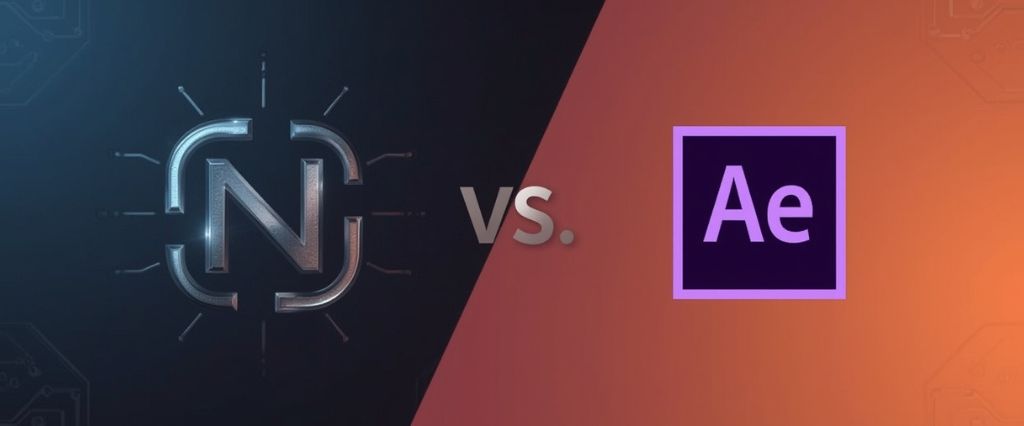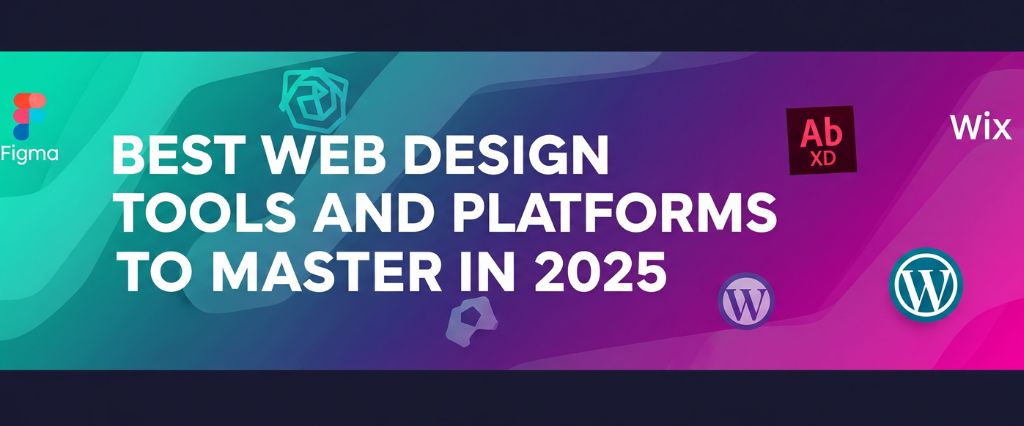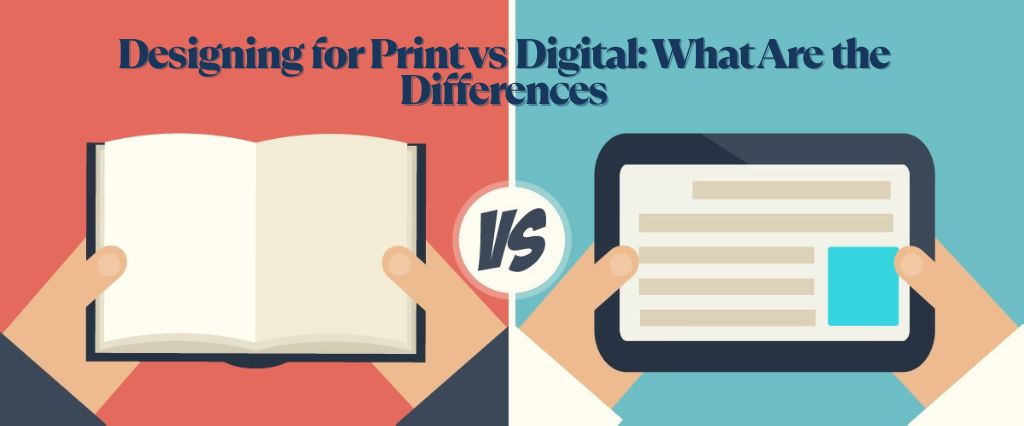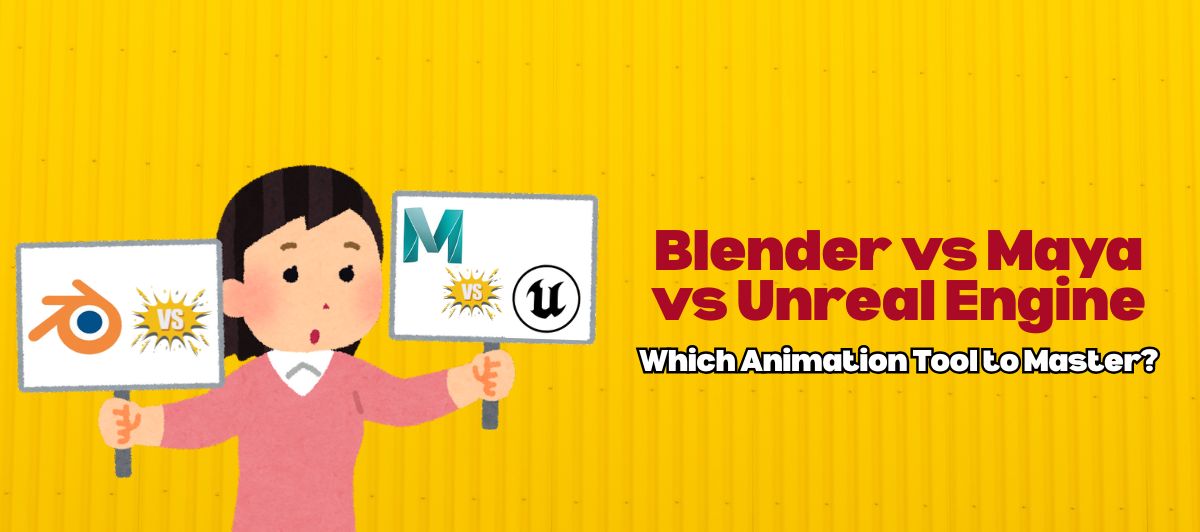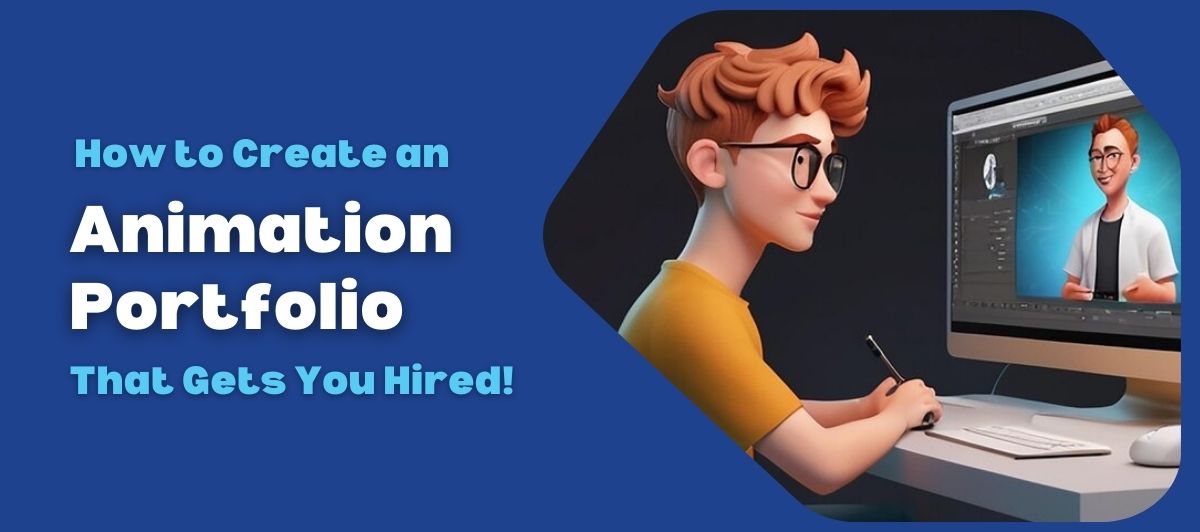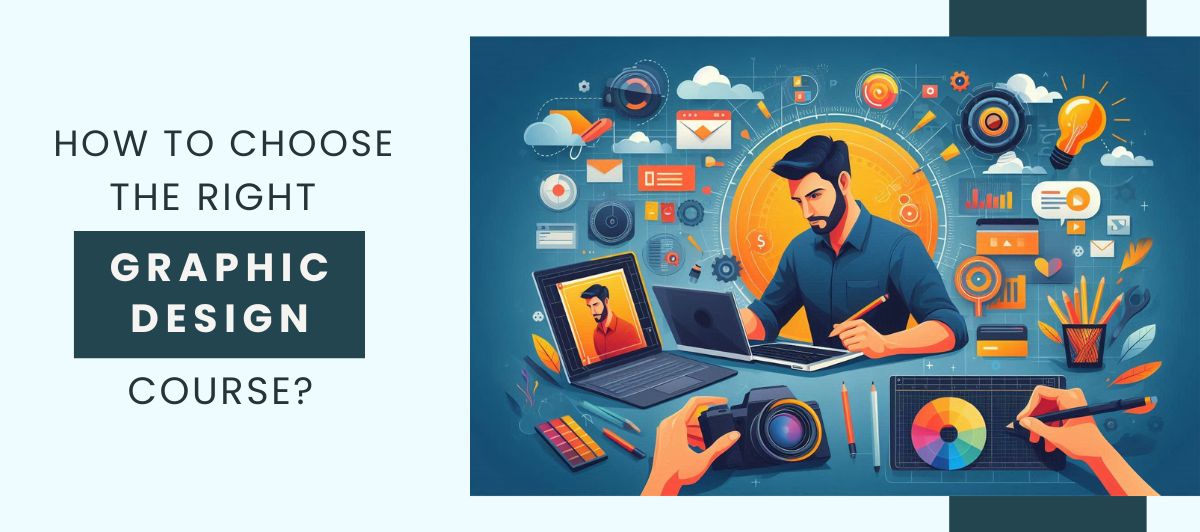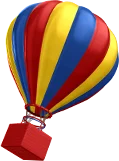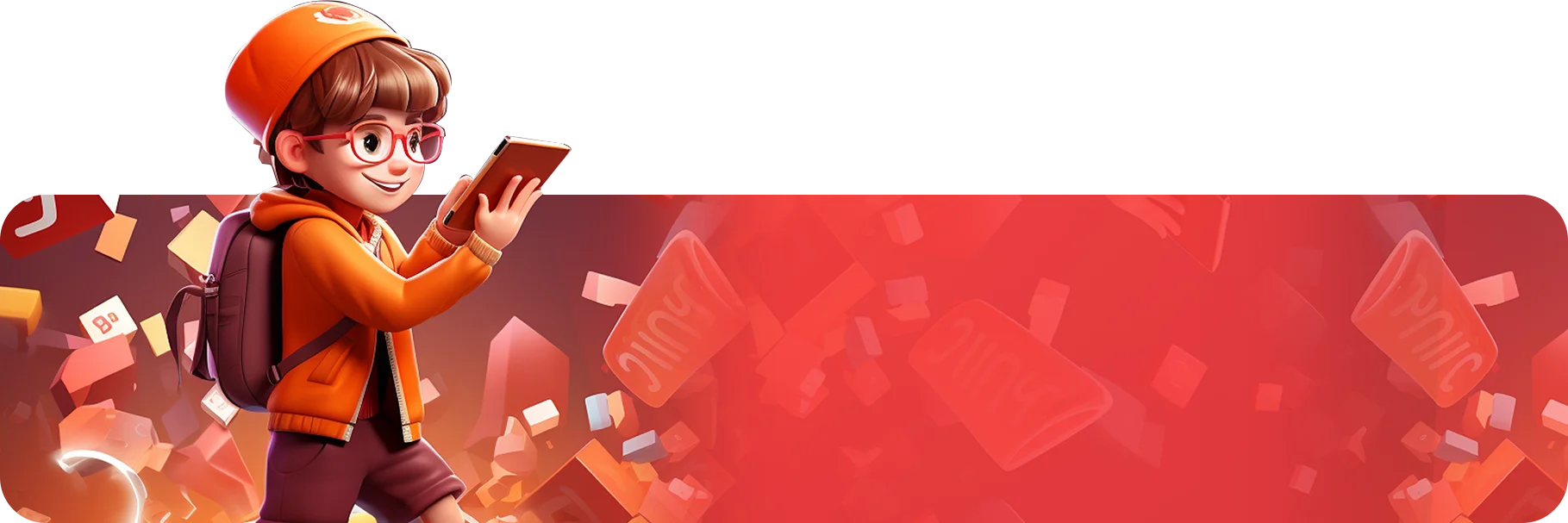Adobe Photoshop: Key Tool for Beginners
If you are a beginner in graphic designing, or passionate to learn the skill of graphic design, the most common software you will hear about is Adobe Photoshop. Among thousands of software, this is one of the standard ones used for photo editing and photo manipulation today. It is a raster based software meaning it is a software that is used to create and edit pixel based artwork.
For a beginner, the software may seem intimidating with varied tools and their uses. This blog covers important things to keep in mind as a beginner in graphic design or Adobe Photoshop.
History of Adobe Photoshop
The software was originally developed in 1987 by American brothers Thomas and John Knoll as a basic image editing tool called ‘Display’ to show grayscale images on monochrome displays. Recognizing its potential, it developed it into an image editor known as ‘Photoshop.’ In 1988, Adobe Inc. recognised the program’s huge potential and bought the licence to distribute it and released Photoshop 1.0 in 1990. Since then, there have been quite a few improvements to Photoshop, gradually becoming the industry’s standard for editing images that would support macOS and Windows.
Enroll in a graphic design course to know more about Adobe Photoshop!
Understanding the Interface of Adobe Photoshop
A graphic design course from an esteemed institute will expose you to Adobe Photoshop and the tools in the software. You will understand the interface of Adobe Photoshop in detail. However, the interface consists of –
Menu Bar:
It provides some general commands like File, Edit, Image, Layer, Select, Filter, View, Window, and Help.
Tools Panel:
Commonly on the left side of it, in the tools panel you will have all your choices for main selections, painting, drawings, retouching, and more.
Options Bar:
This comes below the menu bar. It varies according to the chosen tool, and you can alter the properties of the tool according to your needs.
Panels:
Panels are found on the right side of the application window. You willl find some panels in common like layers, colour, adjustments, and history, which would help you navigate easily through the various aspects of your project.
Canvas or Workspace:
It is the area where you will actually edit your image or project. It allows you to open your current file and zoom, pan, as well as view all your layers.
Layers Panel:
Located at the right, it contains all the layers in your project. With the layers panel, you can control every element independently.
Status Bar:
Located at the bottom, the status bar gives information regarding the current document size, the zoom level, among others.
Essential Tools for Beginners
There are a few essential tools that a beginner in a graphic designing course should know of. Kolkata, one of the growing cities in the education sector, is quite popular for creative education such as animation, graphic design, game design, and many more.
Arena Animation – considered the best graphic designing colleges in Kolkata offers various creative courses that most young aspirants are passionate about. A graphic design course here will dive deeper into more tools that you can learn to become a professional in the skill.
Let us see some of the essential tools that is useful for beginners –
Move Tool (V)
Allows you to move objects, layers, or selections within your canvas.
Marquee Tool (M)
Used to create rectangular or elliptical selections on your image.
Lasso Tool (L)
Lets you draw freehand selections for more precise control over what you want to edit.
Brush Tool (B)
A versatile tool that allows you to paint and create custom strokes on your canvas.
Eraser Tool (E)
Erases parts of your image or specific layers with adjustable opacity and size.
Gradient Tool (G)
Creates smooth transitions between colours, perfect for backgrounds or blending effects.
Text Tool (T)
Allows you to add, edit, and format text on your image.
Working with Layers, Making Adjustments, and Exporting in Photoshop
Layers panel:
Using the Layers panel to compile, organise and edit all of these elements independently and non-destructively that is, without actually losing a working copy in order to try out new ideas.
Layer Adjustments:
It includes the basic adjustments such as brightness, contrast, and colour balance using the adjustment layers to make fine-tune changes to the image without permanently altering the original layer.
Blending Modes:
Use the Layers panel to blend modes that change how layers interact, creating unique effects and textures.
Image Adjustments:
Use Level, Curve, or Hue /Saturation tools from the Image menu, to make more general adjustments to such parameters as overall contrast, colour, or brightness.
Saving and Exporting:
You can save your project as PSD preserving all layers and editing options, and can use the Export option to save your final image in JPEG, PNG, or TIFF, etc, as required.
In this blog so far, you have learnt basic yet powerful tools in Adobe Photoshop with easy-to-follow steps or tips so that you can get going. Of course, there is a lot more to learn about the software and the tools if you aim to become a professional and want to make a career in graphic design.
Enrolling in Arena Animation’s graphic designing course in Kolkata is the first step towards a successful career in graphic design! The best graphic design institute in Kolkata offers you various creative courses that you can enroll in that has an expansive curriculum that equips an individual with every skill required to suit the industry demands.
This institute is not only situated in the prime locations of the city, but it also offers aspiring individuals the most affordable graphic design course fee in Kolkata that is feasible for everyone.
![]() October 14, 2024
October 14, 2024
![]() By Admin
By Admin
![]() graphic design course,Graphic Design Course Kolkata,graphic design courses fees in kolkata,Graphic Design Institute in Kolkata,graphic designing colleges in kolkata,graphic designing course in kolkata,
graphic design course,Graphic Design Course Kolkata,graphic design courses fees in kolkata,Graphic Design Institute in Kolkata,graphic designing colleges in kolkata,graphic designing course in kolkata,
